Electromagnetic waves are a form of energy that have both an electric and magnetic component.
They’re different from mechanical waves since they’re one of the only things that can propagate long distances through the vacuum of space.
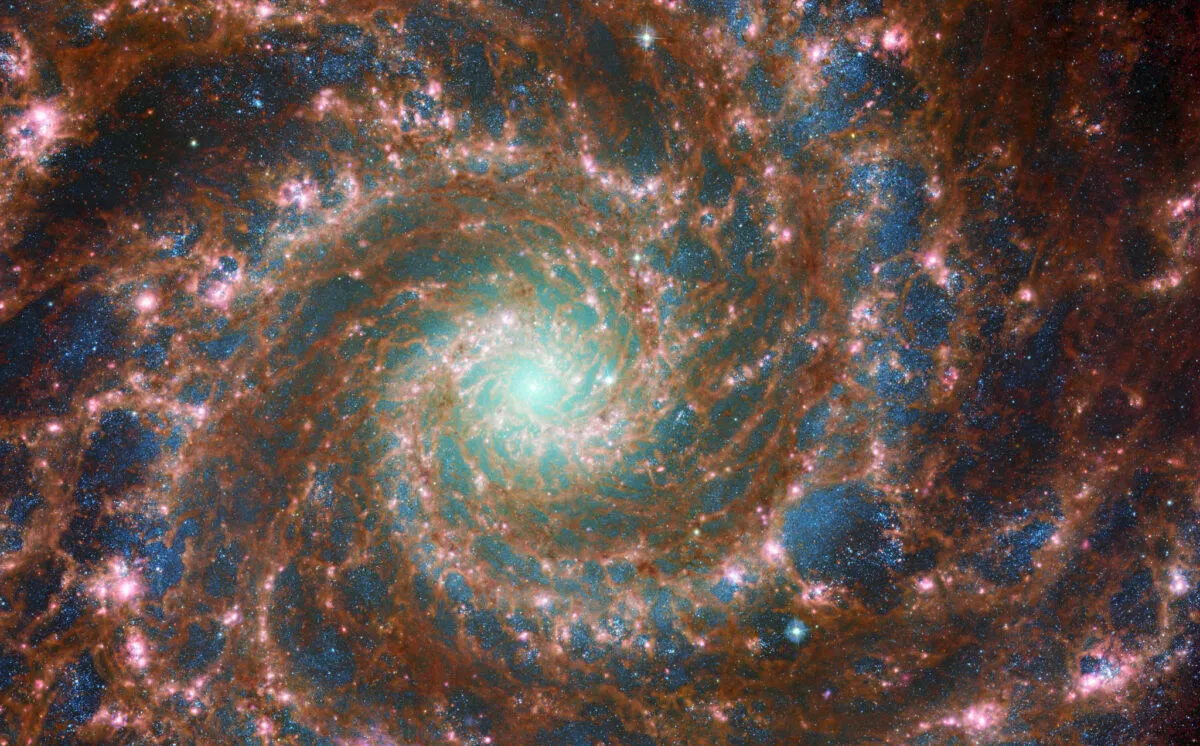
And as we are surrounded by that vacuum, if we want to see what is out there we are currently reliant on the electromagnetic spectrum.
I have spent much of my career working in different parts of the electromagnetic spectrum.
My trip with the light fantastic began where it begins for most, with visible light and the ‘mark one eyeball’.
I began looking up at the night sky at an early age and wanted to enhance my view, so I built my own telescope to gather more light than I could with just my eyes.
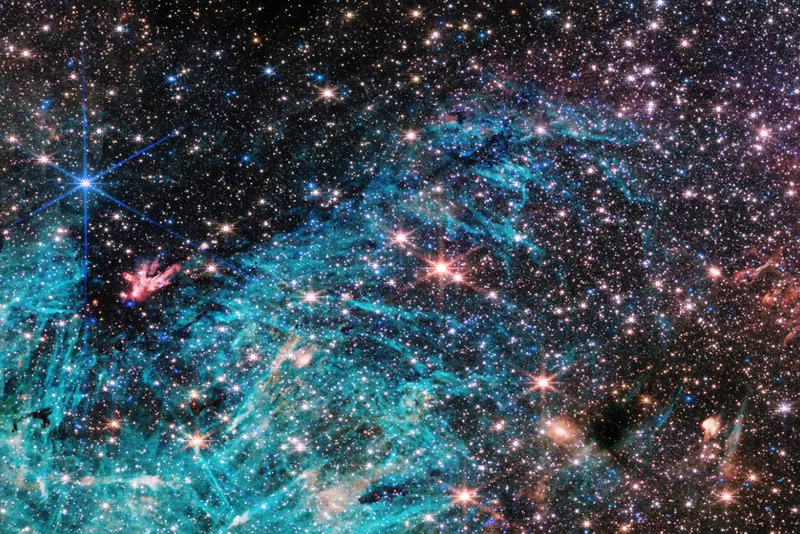
This started me in a career in instrumentation, and as well as visible light I have used radio waves, infrared and ultraviolet to understand our surroundings, both here on Earth and out in space.
As some electromagnetic wavelengths are absorbed by our atmosphere we need to get above it to capture them, so we build space instrumentation.
But in astronomy what do we gain by looking at the various parts of the spectrum?
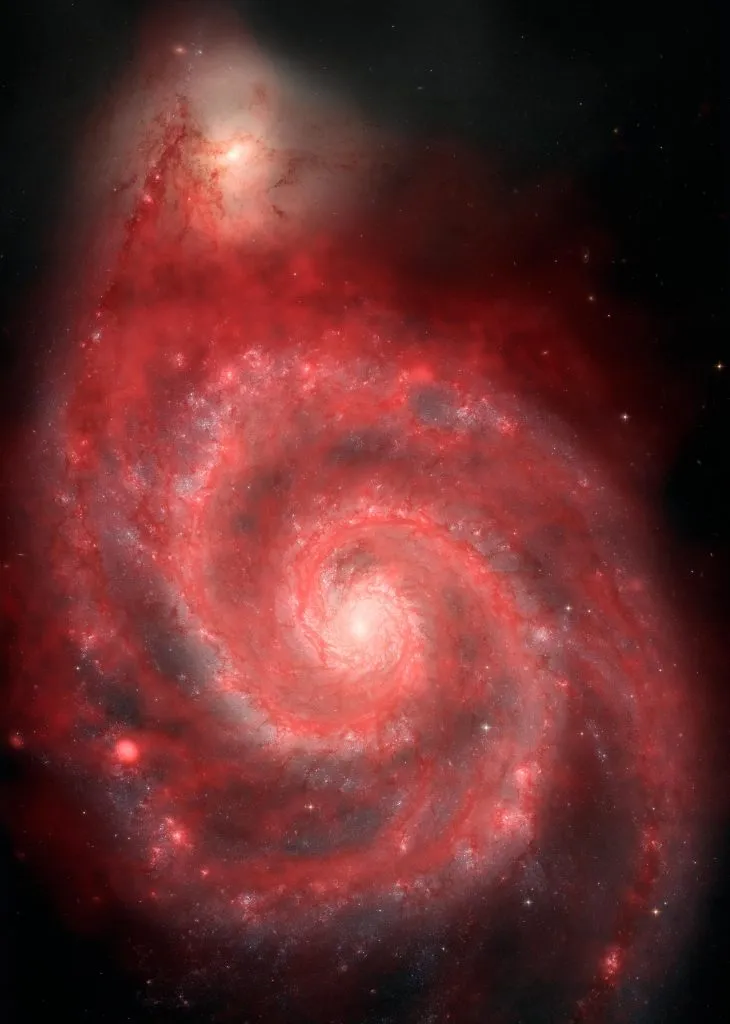
Different types of electromagnetic radiation are generated by specific types of interaction between matter.
At the low energy end, radio waves are generated by the twisting and spinning of molecules: the Whirlpool Galaxy observed through a radio telescope reveals areas of cool gases such a carbon dioxide.
Moving up in energy we get infrared waves, which are caused by the collision of atoms and the exchange of electrons.
This reveals areas of the Whirlpool Galaxy where small, cool, red stars reside and these make up the majority of the galaxy.
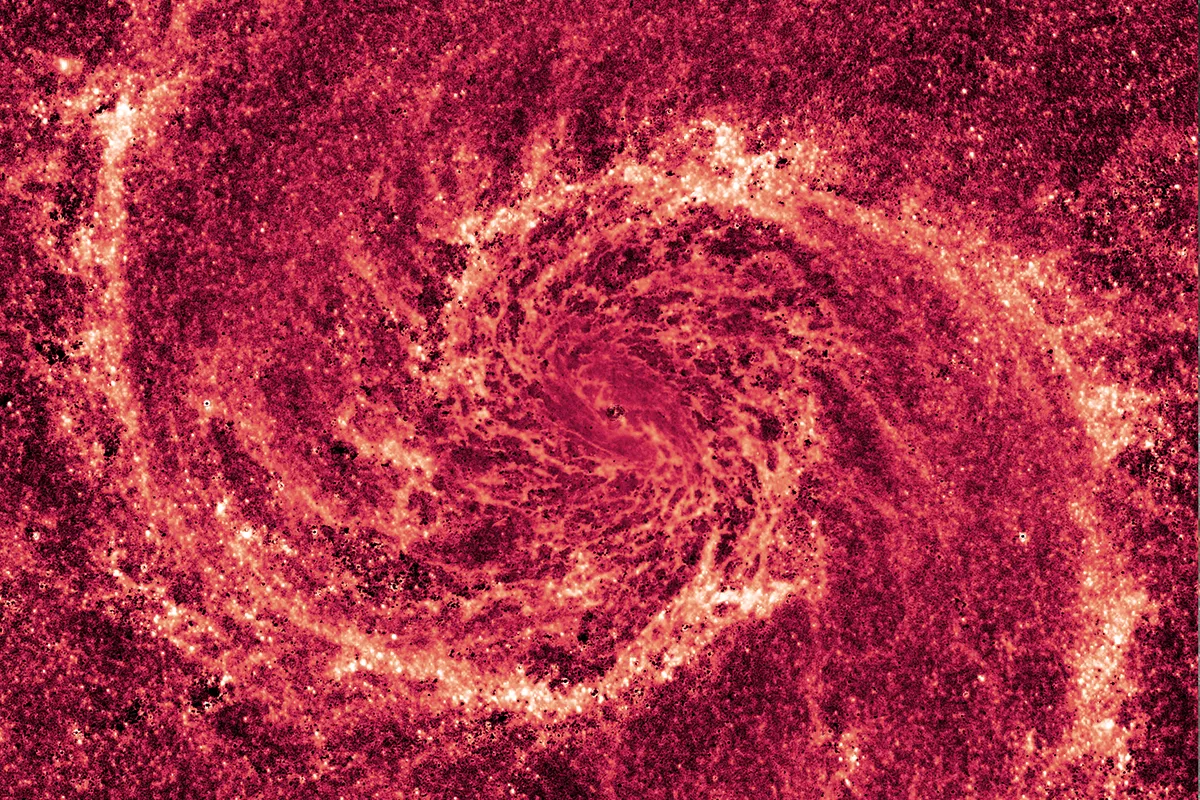
Up the energy again and we get to visible light, this is caused by the movement of electrons within an atom, which causes the absorption and emission of photons.
This part of the spectrum reveals stars not too dissimilar our own Sun in M51.
Now we come to the higher energy areas of the spectrum: ultraviolet, X-rays and gamma rays.
Ultraviolet waves show M51’s larger, hot blue stars, their energy generated by ionised gases where free electrons can exist. X-rays show us the hot areas of galaxies.
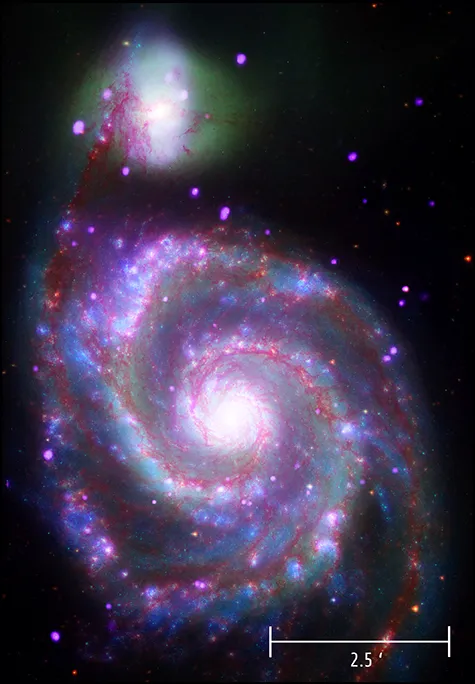
Observing in these energies elsewhere reveals the locations of things like black holes, neutron stars and binary star systems, which all emit X-rays.
At the top end of the light fantastic we get gamma rays, highly energetic waves that are produced by radioactive atoms and nuclear explosions.
Supernovae, neutron stars, pulsars and black holes are all sources of celestial gamma rays.
It is only by looking at the combination of these different energies that we can get a true understanding of a galaxy that sits some 23 million lightyears away from us.
This article originally appeared in the July 2016 issue of BBC Sky at Night Magazine.
